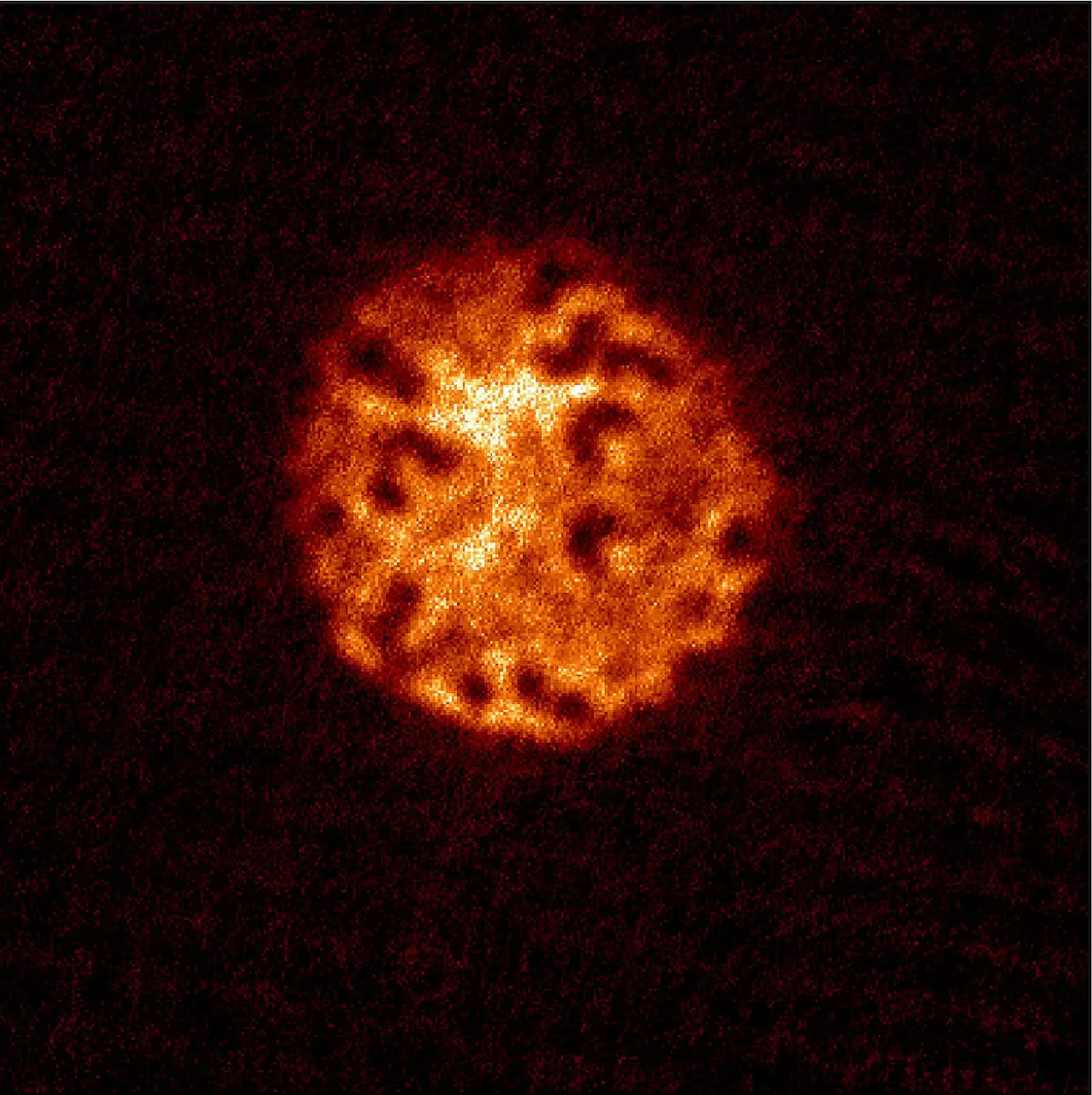The Kibble-Zurek (KZ) mechanism has long served as a lantern illuminating the dark corners of non-equilibrium phase transitions across a variety of systems. Originally articulated by physicists Tom Kibble and Wojciech Zurek, this framework articulates how topological defects emerge when a system transitions from one phase to another under non-equilibrium conditions. Recent pioneering research led by scientists from Seoul National University and the Institute for Basic Science has successfully employed this mechanism to observe KZ scaling in a strongly interacting Fermi gas during its transition to a superfluid phase. Their groundbreaking paper published in Nature Physics signifies an exciting advancement that could catalyze further experimental investigations into this longstanding theoretical framework.
Superfluidity, an extraordinary phenomenon where a fluid can flow without friction, has captivated physicists for nearly a century. The quest to comprehend how such states emerge from classical liquid behavior has been critical in unraveling the complexities of quantum mechanics at larger scales. Kyuhwan Lee, a co-author of the recent study, succinctly states the question at hand: What occurs during the transition from a regular liquid, which exhibits resistance, to a superfluid state?
This inquiry dates back to the 1980s, when Zurek sought to explore the remnants left behind in a system transitioning into a superfluid. Drawing from Kibble’s cosmological theories, Zurek proposed that such transitions can manifest in observable remnants, specifically quantum vortices that exhibit a swirling flow characterized by quantized angular momentum. The KZ scaling predicates that the existence of quantum vortices correlates to the rate at which a system passes through a phase transition—essentially, faster transitions yield more vortices due to insufficient time for the superfluid to adapt.
While the KZ scaling has demonstrated applicability across various systems such as superconductors and ferroelectrics, capturing it in Fermi superfluids has presented a unique set of challenges. Lee and his collaborators aimed to fill this gap and postulated that they could observe the KZ scaling behavior while manipulating both temperature and interaction strength as distinct parameters. The experimental setup utilized an atomic cloud composed of lithium-6 (6Li) atoms, cooled to ultralow temperatures, enabling researchers to create a spatially uniform sample necessary for observing simultaneous phase transitions across the entire system.
To facilitate this observation, the researchers employed a spatial light modulator to shape the atomic cloud into a disk configuration, eliminating irregularities that could convolute observations. Size and uniformity were not just technical specifications; they were critical to ensuring that the superfluid transition occurred uniformly, thus offering clearer comparisons with theoretical predictions.
A cornerstone of this study was the tunability of interaction within the atomic cloud, achieved through the magnetic Feshbach resonance. This method allowed the researchers to manipulate interatomic attractions dynamically, creating a second control knob in addition to temperature for probing the superfluid phase transition dynamics.
The streets of experimental physics can be labyrinthine, but Lee and his team traversed through them skillfully. By rapidly varying the temperature or interaction strength, they observed an identical and universal KZ scaling behavior across a substantial dynamic range. This success transforms long-held theories into observable facts, confirming that even in complex systems, common scaling behaviors can be unearthed under controlled conditions.
The groundbreaking insights gained from this research contribute significantly to our understanding of KZ scaling, particularly in Fermi superfluids—a realm previously marked by sparsity regarding empirical evidence. A particularly intriguing observation made by the researchers involves deviations from KZ scaling under rapid quenches, suggesting phenomena such as early-time coarsening might be at play.
Lee’s team plans future investigations to delve deeper into this unexpected behavior, which could unveil additional layers of complexity in phase transitions. Exploring these deviations may enrich our understanding of not only superfluid dynamics but also broader concepts in non-equilibrium physics.
The findings presented by Lee and his colleagues illuminate the intricate dance between quantum mechanics and classical fluid dynamics. Their pioneering work places us at the brink of unlocking new physical understandings and experimental methodologies that could reshape our comprehension of phase transitions far beyond what has been considered possible. Future studies could yield the tools necessary to navigate the uncharted territories of quantum phenomena, solidifying the Kibble-Zurek mechanism’s place in the pantheon of influential theoretical frameworks guiding modern physics.

